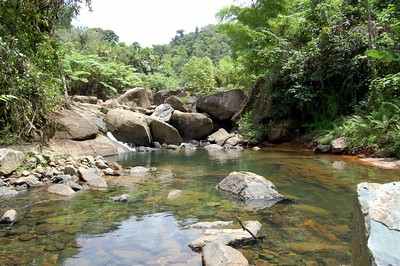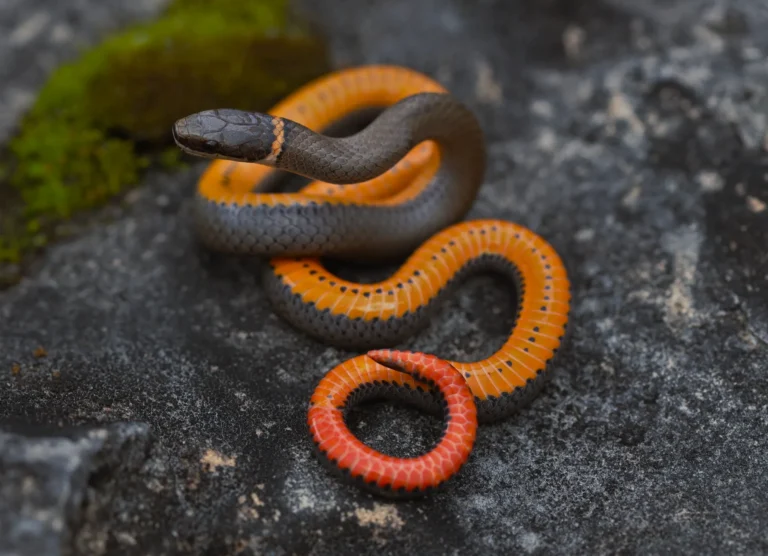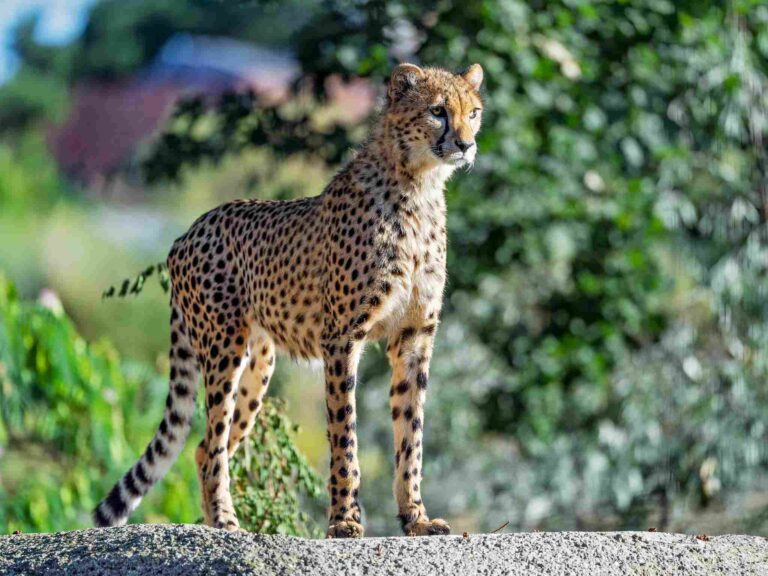Coyote Vs Jackal Size, Weight, Tracks, Overall Comparison
Coyotes and jackals, both belonging to the canid family, exhibit a fascinating interplay of biological and physical traits. While coyotes thrive in diverse environments, jackals, with their own unique characteristics, present an intriguing comparison.
This exploration encompasses various factors, including taxonomy, appearance, size, weight, bite force, physical offensive and defensive advantages, speed, agility, overall physical capacity, habitat preferences, lifespan, feeding habits, social behavior, reproduction methods, parental behavior, proximity to human-inhabited areas, behavior toward humans, danger posed to humans, associated precautions, and conservation status. Evaluating the dynamics of one-on-one confrontations and the potential threat posed by a pack of coyotes unfolds in this comparison.
Coyote vs Jackal: Who Will Win in a Fight/Physical Confrontation?
In a one-on-one confrontation, a lone coyote is likely to overpower a single jackal due to its larger size, heavier weight, greater strength, enhanced speed, and heightened aggression. However, it’s crucial to acknowledge that a pack of jackals could pose a substantial threat to a lone coyote, leveraging their collective strength and collaborative hunting tactics.
Why a Coyote Will Win a Single Jackal in a Fight/Physical Confrontation:
1). Size and Weight Advantage:
– Coyotes, boasting larger size and greater weight than jackals, hold a pronounced advantage in one-on-one confrontations, establishing their dominance.

2). Strength Advantage:
– The sheer strength of coyotes surpasses that of jackals, providing them with the physical prowess needed to overpower their counterparts.
3). Speed Advantage:
– Coyotes exhibit heightened speed compared to jackals, further solidifying their advantage in maneuvering and engaging in physical confrontations.
4). Aggressiveness Advantage:
– Marked by a more aggressive nature, coyotes outmatch jackals in confrontational scenarios, showcasing a formidable demeanor that contributes to their success in fights.
Jackal Pack Threat to a Coyote:
– Strength in Numbers:
– While a single jackal may be killed by a lone coyote, a pack of jackals proves to be a formidable adversary. The coordinated efforts and collective strength of a jackal pack can potentially overwhelm even a larger and stronger individual, underscoring the impact of numerical superiority in such encounters.
| Feature | Coyote (Canis latrans) |
Jackal (Canis spp.)
|
| Taxonomy | Species within Canidae |
Genus Canis, multiple species
|
| Appearance | Slender, various fur colors |
Varies among species
|
| Size | 32-37 inches (length) |
Varies among species
|
| Weight | 20-50 pounds |
Varies among species
|
| Bite Force | Estimated 150-200 psi |
Varies among species
|
| Offensive Advantages | Cooperative hunting |
Agile and adept at hunting
|
| Defensive Advantages | Adaptability, camouflage |
Quick and agile movements
|
| Speed | Up to 40 mph |
Comparable speeds
|
| Agility | Agile and adaptable |
High agility in hunting
|
| Physical Capacity | Versatile, cooperative hunting |
Adaptability to diverse ecosystems
|
| Habitat Preference | Adaptable to various environments |
Varies among species
|
| Tracks | Four toe pads with claws | Similar to canids |
| Lifespan | 10-14 years |
Varies among species
|
| Feeding | Omnivorous, opportunistic |
Predominantly carnivorous, scavengers
|
| Social Behavior | Solitary or social in packs |
Social animals, cooperative behavior
|
| Reproduction | Monogamous, gestation ~60 days |
Varies among species, gestation ~60 days
|
| Parental Behavior | Both parents involved |
Both parents involved
|
| Proximity to Humans | Adaptable to urban areas |
Adaptation varies among species
|
| Behavior Toward Humans | Generally wary, may become habituated |
Generally shy and elusive
|
| Danger to Humans | Rare attacks, low risk |
Infrequent attacks, low risk
|
| Precautions | Secure garbage disposal, avoid feeding |
Minimize attraction, promote coexistence
|
| Conservation Status | Not threatened or endangered |
Varies among species, some least concern
|
| Conclusion (Key Points) |
Both are canids with similarities in taxonomy and ecological adaptability. Differences include species specificity, weight, lifespan, and conservation status. Understanding these aspects is crucial for ecological management and coexistence efforts in overlapping regions.
|
|
Key Points
*Details of Comparison
1. Taxonomy:
Coyote (Canis latrans):
Kingdom: Animalia
Phylum: Chordata
Class: Mammalia
Order: Carnivora
Family: Canidae
Genus: Canis
Species: latrans
Jackal (Canis spp.):
Kingdom: Animalia
Phylum: Chordata
Class: Mammalia
Order: Carnivora
Family: Canidae
Genus: Canis
Several species, including Canis aureus (Golden Jackal), Canis mesomelas (Black-backed Jackal), and others.
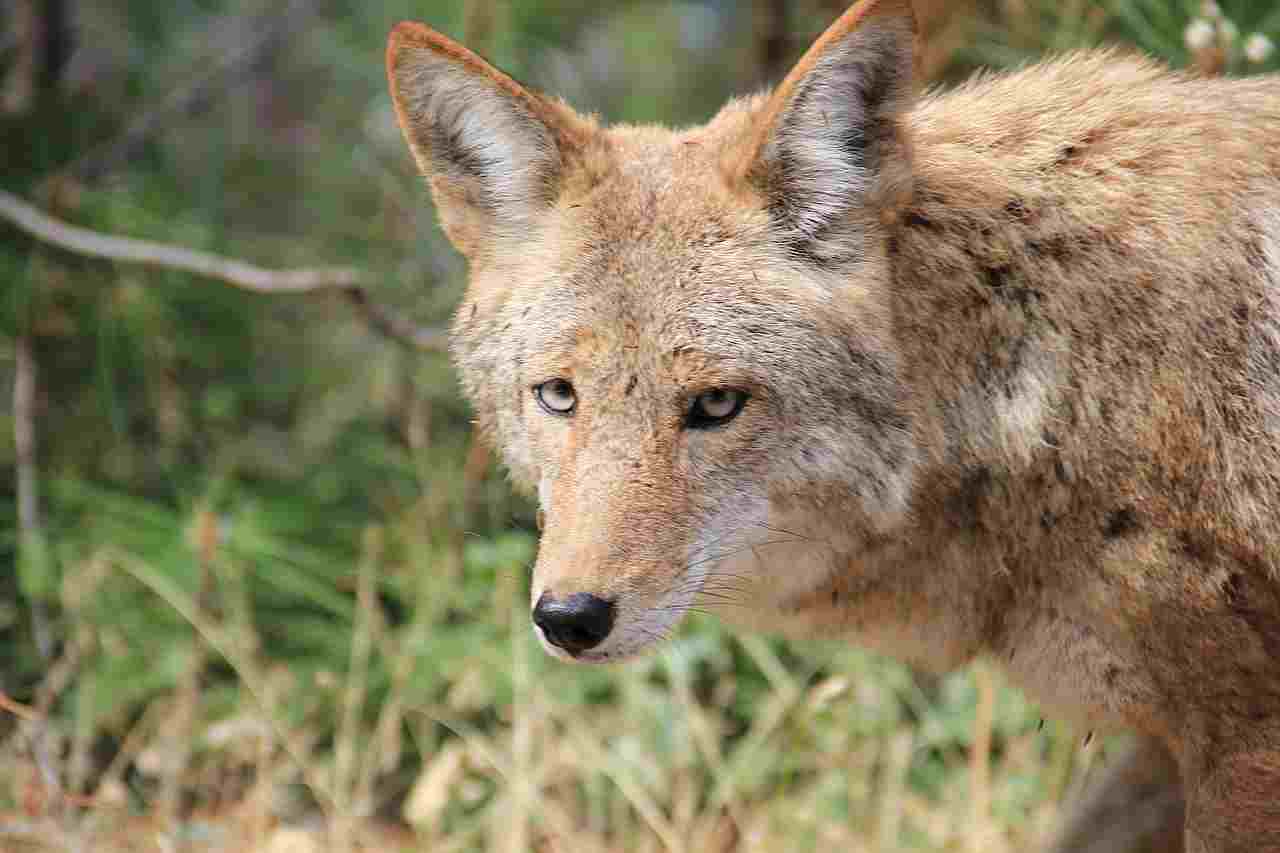
CC BY 2.0.)
2. Appearance:
Coyote (Canis latrans):
Fur coloration varies from gray to yellowish-brown.
Bushy tail with a black tip.
Pointed ears.
Slender build, resembling a small wolf.
Jackal (Canis spp.):
Golden Jackal (Canis aureus) has a golden-yellow coat.
Black-backed Jackal (Canis mesomelas) has a distinctive black saddle on its back.
Ears are typically pointed.
Variations in size and coloration among different jackal species.
Comparison:
Both have a resemblance due to their shared genus (Canis).
Jackals exhibit more varied appearances across different species.
Ecological Implications:
The coloration and physical traits of both species contribute to camouflage in their respective habitats, aiding in hunting and avoiding predators.
3. Size:
Coyote (Canis latrans):
Length: 32 to 37 inches (head and body), with an additional 16 inches for the tail.
Shoulder Height: Around 23 to 26 inches.
Jackal (Canis spp.):
Size varies among species:
Golden Jackal: Similar to the coyote in size.
Black-backed Jackal: Slightly smaller.
Comparison:
Coyotes and golden jackals share a similar size range, but individual jackal species may vary.
Ecological Implications:
Size impacts prey selection and competition with other predators for resources in their ecosystems.
4. Weight:
Coyote (Canis latrans):
Weight: 20 to 50 pounds.
Jackal (Canis spp.):
Weight varies among species:
Golden Jackal: 15 to 35 pounds.
Black-backed Jackal: 17 to 31 pounds.
Comparison:
Coyotes generally have a broader weight range compared to jackals.
Ecological Implications:
Weight influences the energy requirements, hunting strategies, and ecological roles of these predators within their habitats.
5. Bite Force:
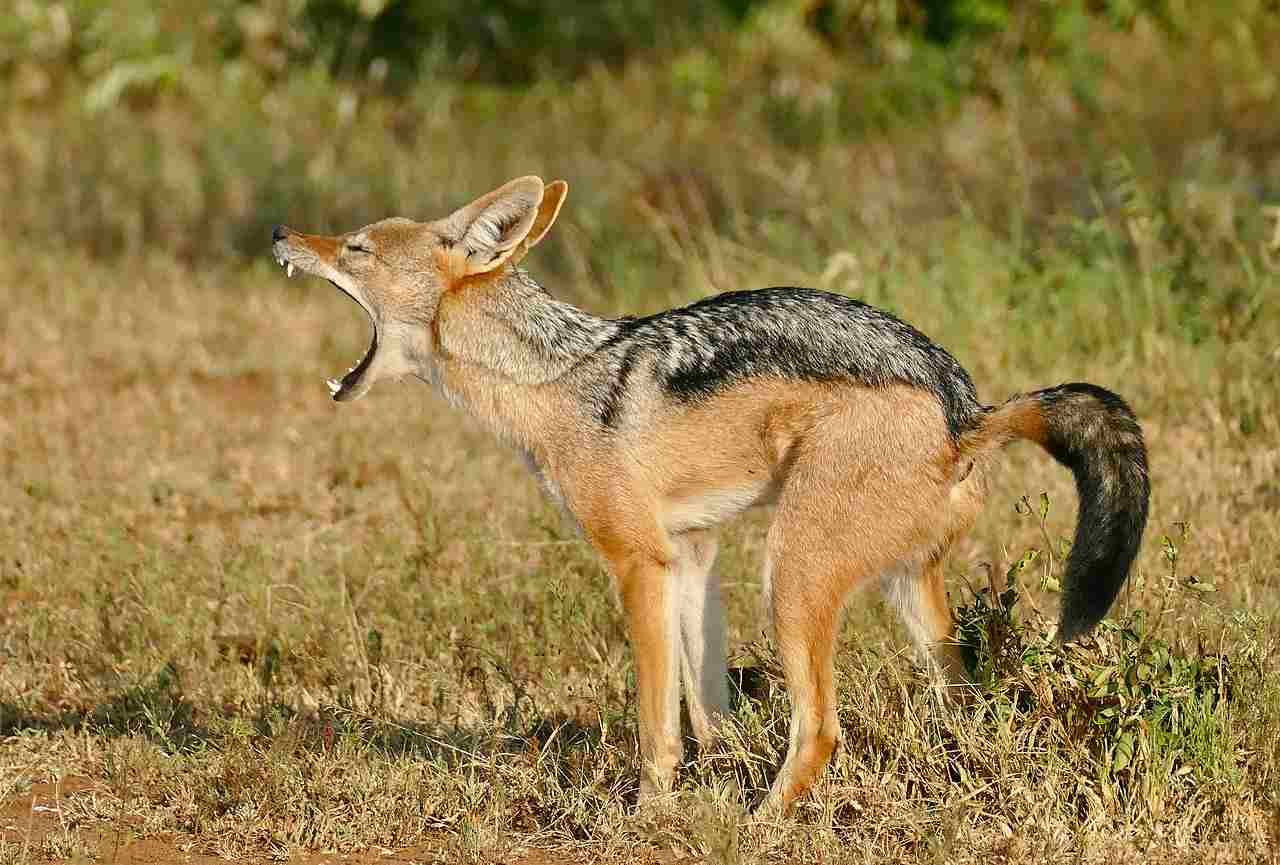
Coyote (Canis latrans):
Bite force not extensively studied, but estimated to be around 150 to 200 pounds per square inch (psi).
Jackal (Canis spp.):
Exact bite force varies among species.
Comparison:
Limited data on coyote bite force, and variations among jackal species make direct comparisons challenging.
Ecological Implications:
Bite force influences their ability to subdue prey and compete with other carnivores for resources.
6. Physical Offensive Advantages:
Coyote (Canis latrans):
Sharp teeth and strong jaws.
Excellent stamina for pursuing prey over long distances.
Cooperative hunting in packs for larger prey.
Jackal (Canis spp.):
Sharp teeth adapted for hunting small to medium-sized prey.
Agile and adept at navigating various terrains.
Comparison:
Both possess sharp teeth and hunting adaptations.
Coyotes are known for their endurance, while jackals exhibit agility.
Ecological Implications:
These offensive advantages contribute to their roles as effective predators within their ecosystems.
7. Physical Defensive Advantages:
Coyote (Canis latrans):
Adaptability to various environments.
Camouflage in fur coloration for avoiding detection.
Jackal (Canis spp.):
Quick and agile movements for evading predators.
Cooperative behavior in packs enhances defense against larger threats.
Comparison:
Both rely on agility and adaptability for defense.
Pack behavior in both species enhances collective defense.
Ecological Implications:
Defensive traits contribute to their survival in diverse environments and interactions with other species.
8. Speed:
Coyote (Canis latrans):
Capable of reaching speeds up to 40 miles per hour.
Endurance running for chasing down prey.
Jackal (Canis spp.):
Agile runners with speeds comparable to coyotes.
Comparison:
Similar speeds between coyotes and jackals.
Ecological Implications:
High speed is advantageous for both species in hunting and evading predators.
9. Agility:
Coyote (Canis latrans):
Agile and capable of making quick turns.
Effective at navigating diverse terrains.
Jackal (Canis spp.):
Display high agility in hunting and evading threats.
Comparison:
Both species exhibit agility crucial for their survival.
Ecological Implications:
Agility aids in hunting, avoiding predators, and adapting to changing environmental conditions.
10. Overall Physical Capacity:
Coyote (Canis latrans):
Versatile and adaptable to a variety of habitats.
Cooperative hunting behavior in packs enhances overall hunting success.
Jackal (Canis spp.):
Varied species exhibit adaptability to different ecosystems.
Pack behavior facilitates efficient hunting and defense.
Comparison:
Both species showcase versatile physical capacities, adapting to diverse environments.
Ecological Implications:
Versatility allows them to thrive in different ecosystems, impacting local biodiversity and trophic interactions.
11. Habitat Preference(s):
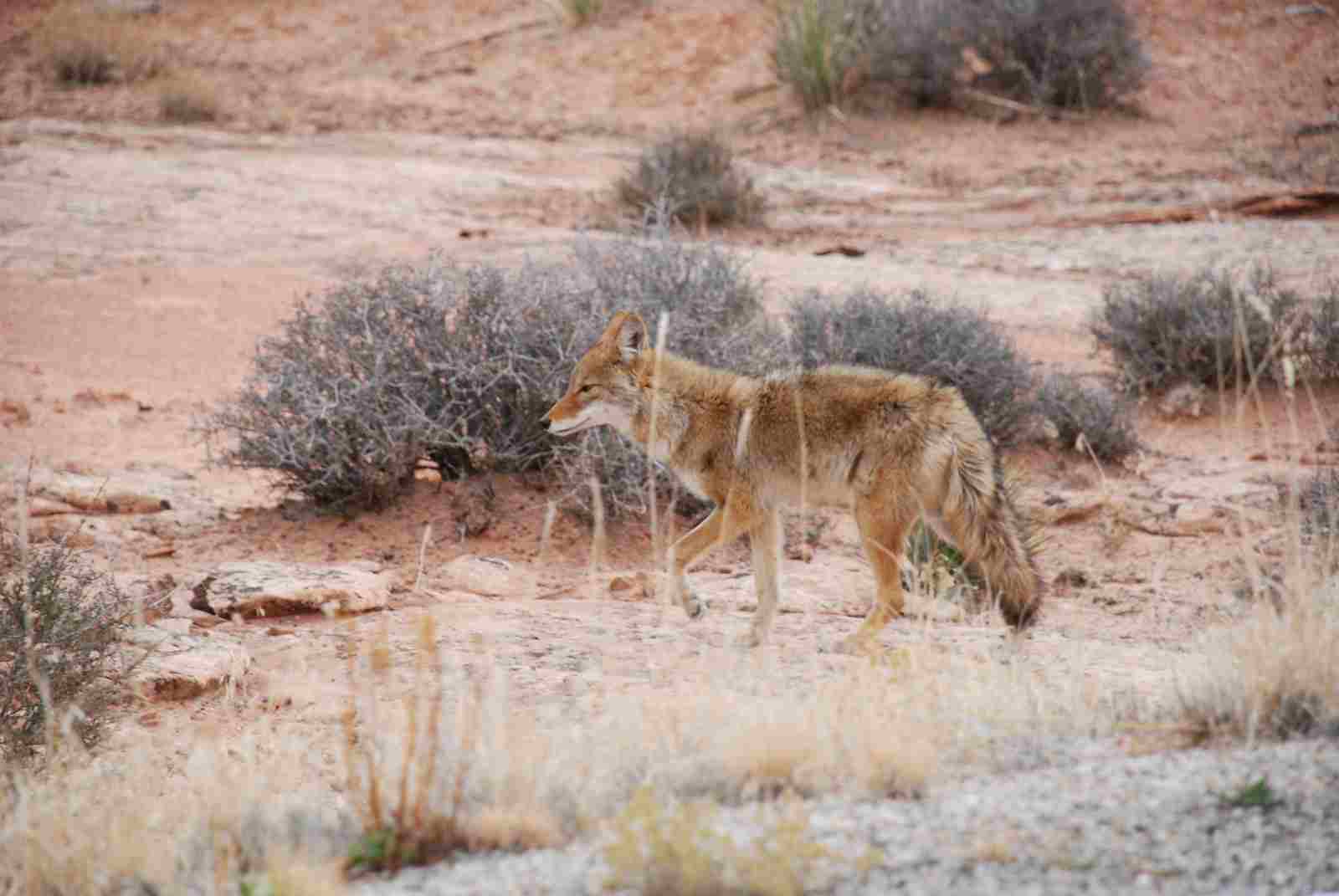
Coyote (Canis latrans):
Adaptable to urban, suburban, and rural environments.
Commonly found in grasslands, deserts, and forests.
Jackal (Canis spp.):
Habitat preferences vary among species:
Golden Jackal: Open woodlands, grasslands, and deserts.
Black-backed Jackal: Savannas, deserts, and bushlands.
Comparison:
Both species exhibit adaptability to a range of habitats.
Ecological Implications:
Wide habitat preferences may lead to interactions with different flora and fauna, influencing local ecosystems.
12. Tracks:
Coyote (Canis latrans):
Paw prints typically show four toe pads with claws.
Size varies based on individual and age.
Jackal (Canis spp.):
Paw prints similar to canids, with four toe pads and claws.
Size varies among species.
Comparison:
Both leave similar tracks due to their shared canid characteristics.
Ecological Implications:
Tracking enables researchers to monitor their presence and behavior in specific areas, aiding in ecological studies.
13. Lifespan:
Coyote (Canis latrans):
Typically 10 to 14 years in the wild.
Jackal (Canis spp.):
Lifespan varies among species:
Golden Jackal: 8 to 10 years.
Black-backed Jackal: Up to 12 years.
Comparison:
Coyotes generally have a longer lifespan compared to some jackal species.
Ecological Implications:
Lifespan affects population dynamics, reproductive strategies, and overall ecological impact within their habitats.
14. Mode of Feeding:
Coyote (Canis latrans):
Omnivorous diet, including small mammals, birds, insects, fruits, and carrion.
Opportunistic feeders with adaptability to different food sources.
Jackal (Canis spp.):
Predominantly carnivorous, feeding on small to medium-sized mammals, birds, insects, and carrion.
Opportunistic scavengers.
Comparison:
Both species share omnivorous and opportunistic feeding behaviors, adapting to available resources.
Ecological Implications:
Dietary flexibility contributes to their adaptability in various ecosystems, influencing local prey populations.
15. Social Behavior:
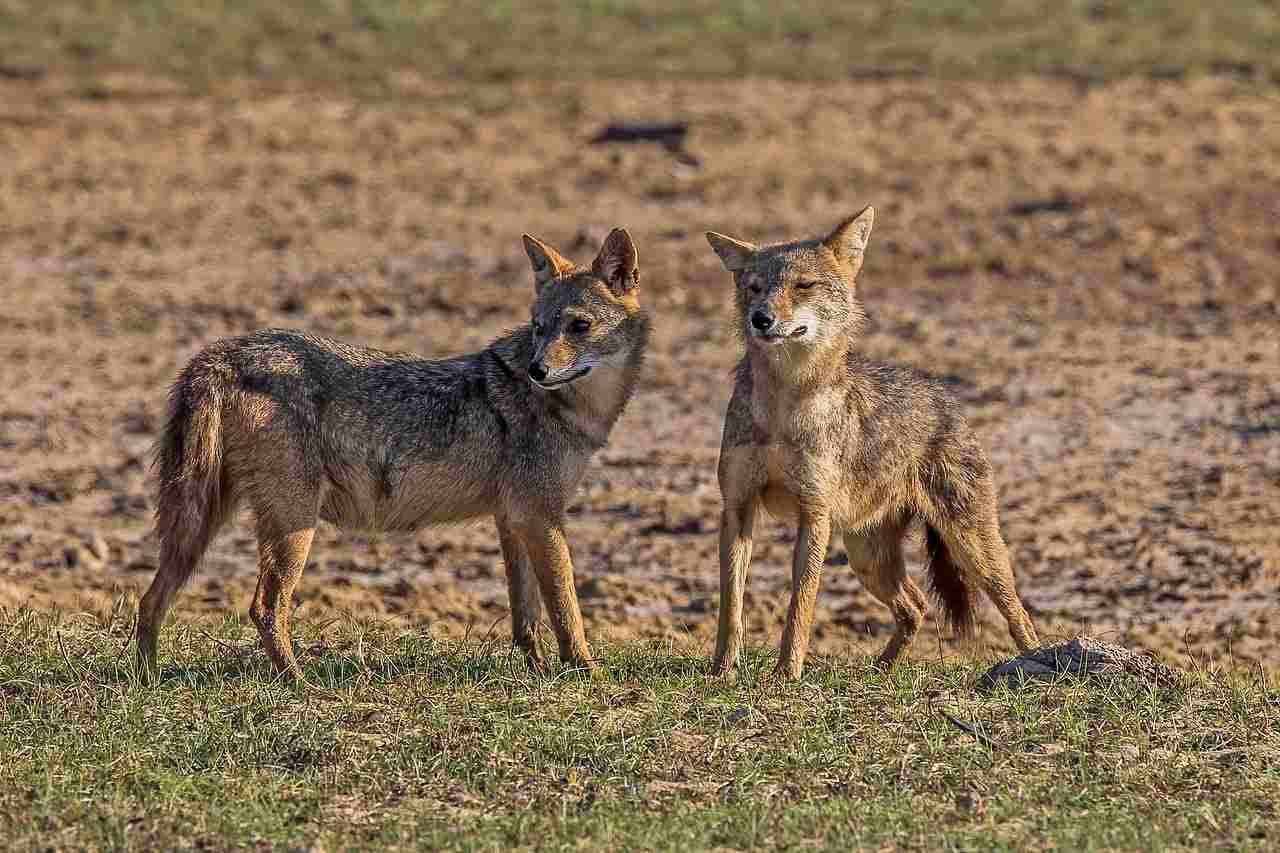
Coyote (Canis latrans):
Display both solitary and social behavior.
Often form family units or small packs.
Cooperative hunting enhances success.
Jackal (Canis spp.):
Social animals, often found in family groups or packs.
Cooperative hunting and territorial defense.
Comparison:
Both exhibit social behavior, forming groups for increased efficiency in various activities.
Ecological Implications:
Social structures impact competition with other species and influence ecosystem dynamics.
16. Mode of Reproduction:
Coyote (Canis latrans):
Typically monogamous mating pairs.
Breeding season varies with geographic location.
Gestation period around 60 days.
Jackal (Canis spp.):
Monogamous or polygamous mating systems.
Breeding season varies among species.
Gestation period varies but is generally around 60 days.
Comparison:
Similarities in mating systems and gestation periods.
Ecological Implications:
Reproductive strategies impact population dynamics and competition for resources within their ecosystems.
17. Parental Behavior:
Coyote (Canis latrans):
Both parents contribute to raising offspring.
Pups are cared for in dens.
Jackal (Canis spp.):
Both parents involved in raising young.
Pups are kept in dens or concealed areas.
Comparison:
Shared parental responsibilities in both species.
Ecological Implications:
Parental care strategies contribute to the survival and development of offspring, influencing population dynamics.
18. Proximity to Human-Inhabited Areas:
Coyote (Canis latrans):
Highly adaptable to urban and suburban environments.
Known to inhabit areas with human development.
Jackal (Canis spp.):
Some species may adapt to human-altered landscapes.
Presence in agricultural areas and peripheries of human settlements.
Comparison:
Both coyotes and some jackal species can coexist with humans in modified environments.
Ecological Implications:
Urban adaptability may lead to increased human-wildlife conflicts and influence local biodiversity.
19. Behavior Toward Humans:
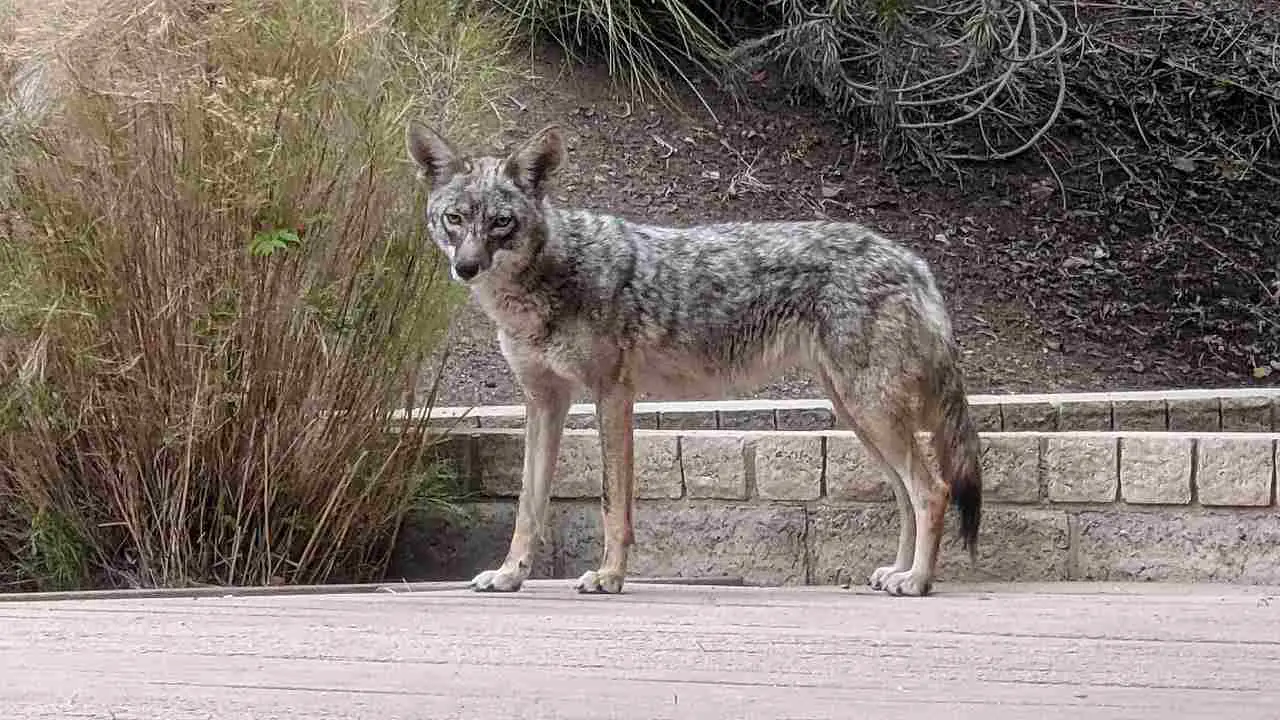
Coyote (Canis latrans):
Generally wary of humans but may become habituated in urban areas.
Rare instances of attacks, often associated with food conditioning.
Jackal (Canis spp.):
Generally shy and elusive.
Limited direct interactions with humans.
Comparison:
Both species tend to avoid direct confrontation with humans.
Ecological Implications:
Human-wildlife interactions impact the behavior and habituation of these species, influencing local ecosystems.
20. Danger Posed to Humans:
Coyote (Canis latrans):
Rare instances of attacks on humans, often associated with provocation or habituation.
Generally, pose a low risk to human safety.
Jackal (Canis spp.):
Infrequent attacks on humans, usually in self-defense.
Generally, pose a low risk to human safety.
Comparison:
Both species typically pose minimal danger to humans.
Ecological Implications:
Understanding potential risks informs conservation and management strategies.
21. Associated Precautions:
Coyote (Canis latrans):
Implementing secure garbage disposal to avoid attracting coyotes.
Avoiding feeding or approaching coyotes to prevent habituation.
Jackal (Canis spp.):
Similar precautions to avoid attracting jackals to human settlements.
Promoting coexistence through education on safe practices.
Comparison:
Precautions for both species involve minimizing human-wildlife conflicts through responsible behaviors.
Ecological Implications:
Human precautions contribute to the conservation of these species and their roles in ecosystems.
22. Conservation Status:
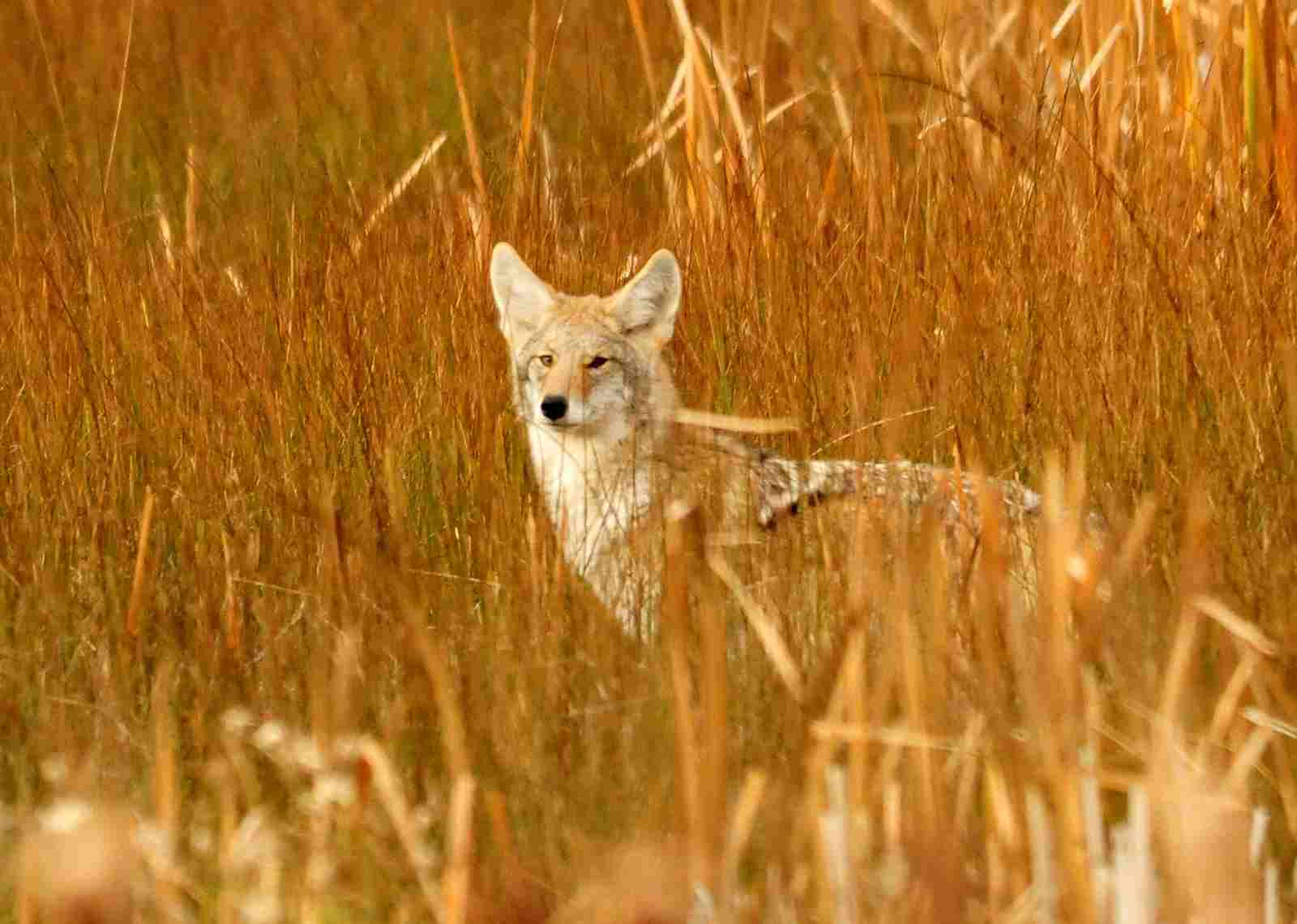
Coyote (Canis latrans):
Not listed as a threatened or endangered species.
Populations are generally stable, and they are widespread.
Jackal (Canis spp.):
Conservation status varies among species:
Golden Jackal: Least Concern (LC).
Black-backed Jackal: Least Concern (LC).
Some other species may face localized threats.
Comparison:
Coyotes are not currently facing significant conservation concerns.
Jackals, in general, have varying conservation statuses, with some species being of least concern.
Ecological Implications:
Conservation efforts may be focused on specific jackal species facing localized threats.
Conclusion:
I) Similarities:
Both coyotes and jackals belong to the Canidae family, sharing similar taxonomic classifications.
They exhibit versatile ecological adaptations, including omnivorous diets, adaptable habitat preferences, and social behaviors.
II) Differences:
Coyotes are a specific species (Canis latrans), while jackals encompass multiple species (e.g., Canis aureus, Canis mesomelas).
Coyotes generally have a broader weight range compared to some jackal species.
Lifespan of coyotes is generally longer than that of certain jackal species.
Conservation statuses differ among jackal species, while coyotes are not listed as threatened or endangered.

